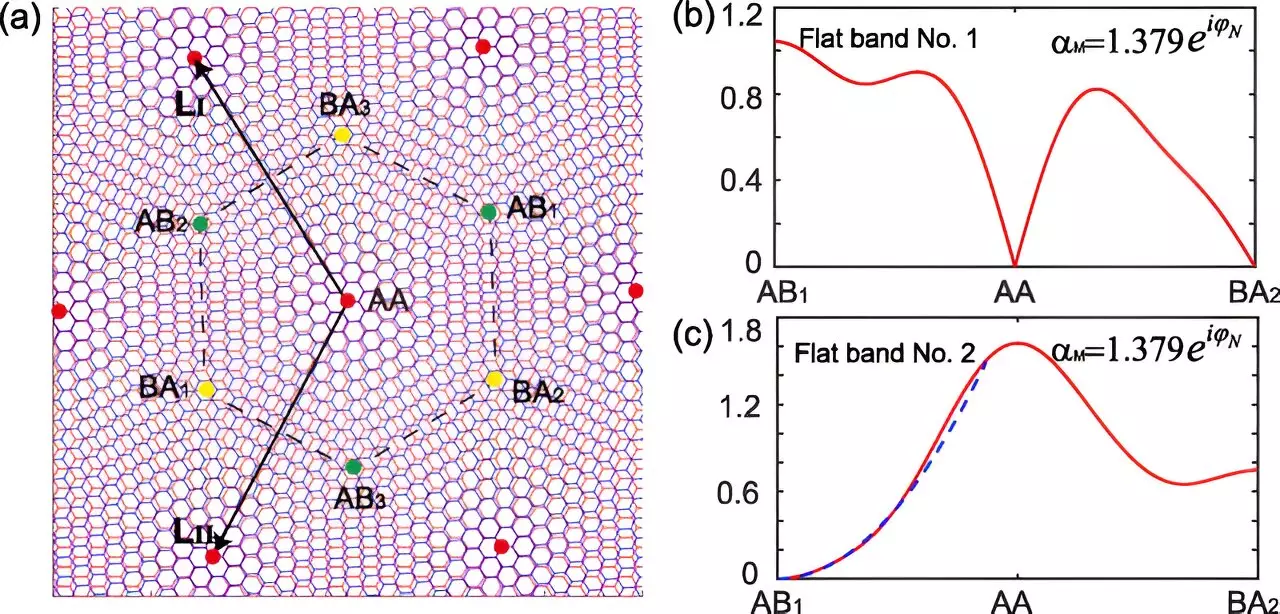Graphene, a single layer of carbon atoms in a hexagonal lattice, has captivated the scientific community with its exotic properties. One of the most fascinating aspects of graphene is its ability to allow electrons to move as if they have no mass. This opens up possibilities for creating electronic devices with unprecedented functionalities, surpassing those of traditional materials like silicon.
When two or more layers of graphene are combined and twisted at specific angles, a phenomenon known as a moiré pattern emerges. This results in a significant change in the material’s properties, leading to behaviors such as correlated insulator states and superconductivity. Researchers at RIKEN have taken this a step further by introducing a spatially varying magnetic field to twisted bilayer graphene, revealing a new frontier for exotic physics.
Ching-Kai Chiu, Congcong Le, and their team at RIKEN have demonstrated that by applying a spatially alternating magnetic field to twisted bilayer graphene, additional magic angles and quadruply degenerate flat bands can be produced. These flat bands, with minimal kinetic energy for electrons, create an environment where electron-electron interactions become the dominant force. This higher degeneracy opens up the potential for even more correlated phenomena, paving the way for groundbreaking discoveries in the realm of physics.
The discovery of flat bands in twisted graphene layers has sparked excitement within the physics community, prompting researchers to explore new materials that exhibit similar phenomena. The search for platforms hosting flat bands continues, as scientists aim to uncover the full potential of these unique electronic structures. With the addition of magnetic fields to the equation, the possibilities for engineering exotic physics in graphene have never been more promising.
The combination of twisted graphene layers and magnetic fields presents a new frontier for exploring exotic physics. The emergence of flat bands in these structures offers a rich playground for studying correlated electronic phenomena and unconventional superconductivity. As researchers continue to push the boundaries of what is known about graphene, the potential for groundbreaking discoveries in the field of physics remains vast and exciting. The future of exotic physics in twisted graphene layers holds immense promise for unlocking new realms of scientific understanding.


Leave a Reply